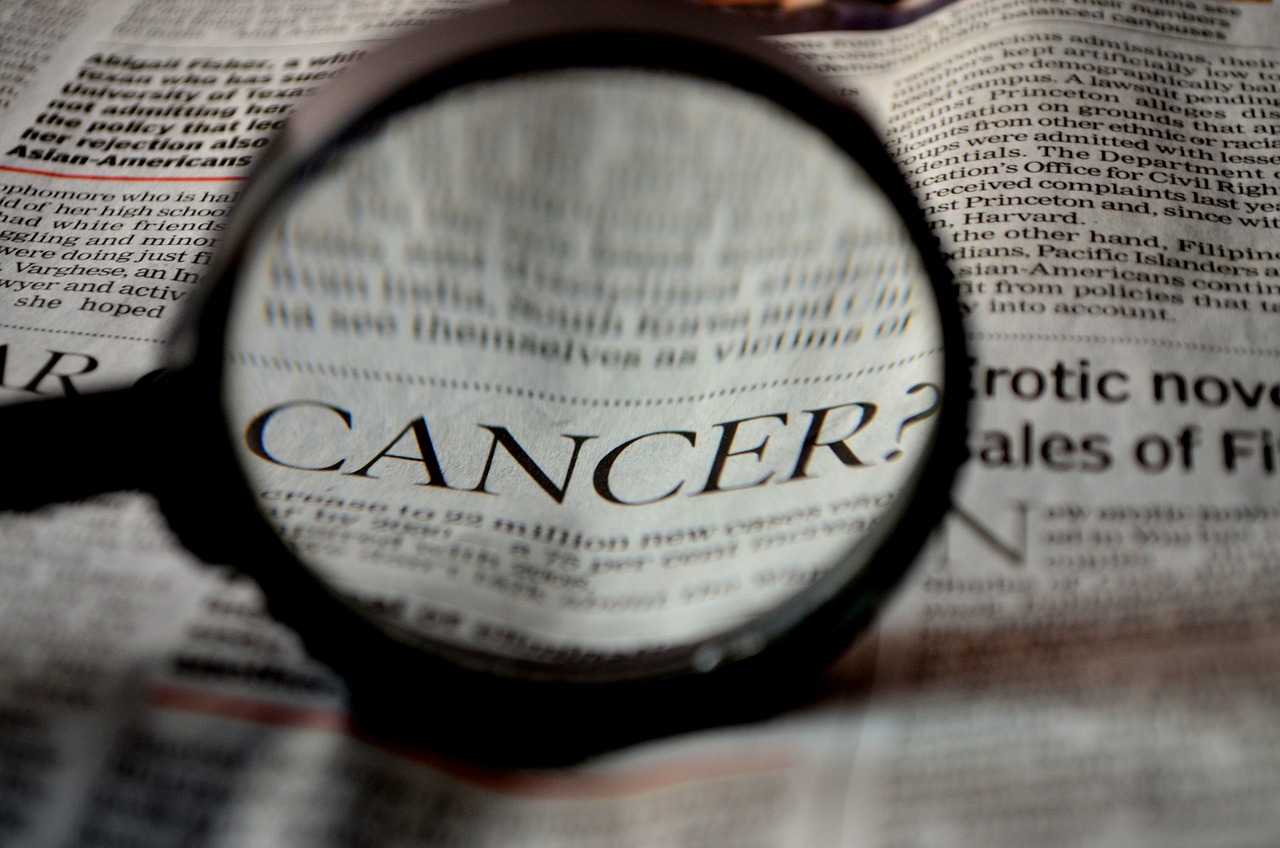These 6 Types of Cancer are Becoming More Common
They’re three words everyone dreads: You have cancer. The fear is not unfounded: cancer claims the lives of 10 million people every year.
What’s more, cancer rates worldwide are incrementally increasing every year. While the modern lifestyle has a lot to do with it, the real reason why more people are getting diagnosed with cancer each year is that people are living longer. The older you get, the greater the chances you’ll get cancer.
With that said, cancer rates among younger adults are on the rise as well. It’s these cases that suggest a relationship between cancer and certain features of modern life.
The bottom line is that more people are getting diagnosed with cancer every year, and there is a myriad of reasons why. With this in mind, let’s take a look at six types of cancer that are unfortunately becoming more common:
Breast cancer
More than two million people are diagnosed with breast cancer each year. While the overwhelming majority of them are women, breast cancer affects men as well. Unfortunately, the rate of breast cancer cases continues to climb each year. The reasons why are unclear, but evidence points to hormonal imbalances due to diet. Certain contraceptives may also increase the chances of developing breast cancer, but more research is needed to establish a direct link.
Colon cancer
The rate of colon cancer cases has risen dramatically in the past few decades. Worse yet, younger adults are being diagnosed with this aggressive form of cancer more than ever before. Research suggests the uptick in colon cancer is related to the simultaneous uptick in dietary habits revolving around processed foods. Excessive amounts of red meat are also linked to cancer of the colon and rectum. While colon cancer has a remarkable remission rate if caught early, the unfortunate truth is only a small percentage of cases are detected at this stage.
Skin cancer
When it comes to skin cancer, the vast majority of cases are of the non-melanoma variety, which means they’re rarely, if ever, life-threatening. Unfortunately, the rate of melanoma continues to rise. While melanoma is typically treatable when caught early, it becomes deadly the longer it continues to spread. Those with advanced stages of skin cancer are more likely to seek natural treatment for skin cancer in Mexico and other places where innovative treatments are being developed. However, licensed dermatologists remain the expert authority on early-stage cancerous growths of the skin.
Pancreatic cancer
Pancreatic cancer is relatively rare compared to other forms of cancer. However, the low survivability rate makes it especially dangerous. What’s more, despite its rarity, pancreatic cancer rates continue to climb in the United States and other industrialized nations. Early detection is key, but even with the best treatment available, the average life expectancy of someone with pancreatic cancer is roughly three years.
Lung cancer
While most lung cancer cases stem from long-term tobacco use, smoking isn’t the only contributing factor. Diet, exercise, and environment also play a role. Those living in areas with poor air quality tend to see higher rates of cancer. But the truth is smoking remains the number one factor. While smoking rates have plummeted in the United States, they remain high in other countries such as China and India. The high rate of smoking in these densely populated countries is part of why lung cancer rates remain so high as well.
Brain cancer
The chances of developing brain cancer increase with age. With that said, evidence suggests certain environmental factors play a role in the brain cancers detected in the young. These include pollution and nutrition.
Cancer is one of the scariest entities known to man. Perhaps it’s because cancer comes from within; cancer is the result of mutated human cells running amock in the body. With that said, many factors associated with the rise in cancer rates come from outside the body. Furthermore, increased cancer rates are ultimately caused by the simultaneous increase in lifespans. While it’s small comfort to those faced with this deadly disease, the fact cancer is mostly connected to age suggests that, despite the growing rates, it’s not as inexplicable and unfair as most people think.

